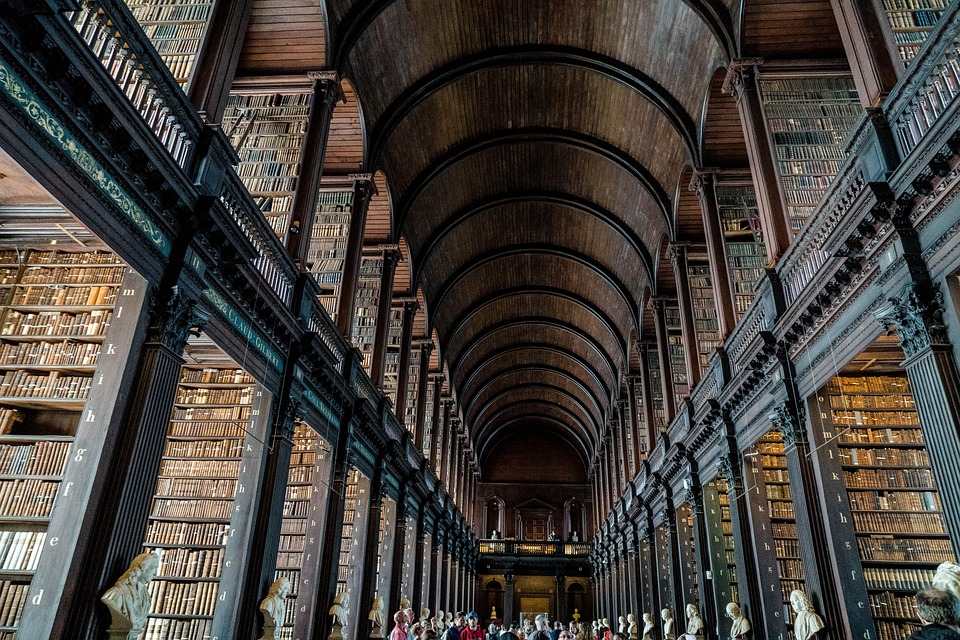
The Political Landscape of Ireland: A Brief Overview
Ireland, a small island nation in Europe, has a unique political landscape that is shaped by its history, culture, and geographical location. The country is divided into two political entities – the Republic of Ireland, which gained independence from Britain in 1922, and Northern Ireland, which remains part of the United Kingdom. Both regions have their own political systems, but they are closely linked by their shared history and complex relationship with Britain.
Republic of Ireland
The Republic of Ireland is a parliamentary democracy with a President serving as the Head of State and a Taoiseach (Prime Minister) serving as the Head of Government. The President is elected by the people for a seven-year term and performs mainly ceremonial duties, while the Taoiseach is appointed by a majority vote in the Dáil Éireann (Irish Parliament) and is responsible for running the government.
The Dáil Éireann is the lower house of the Irish Parliament, with 160 members (Teachta Dála or TDs) elected by proportional representation for five-year terms. The Seanad Éireann is the upper house, with 60 members appointed by various methods, including popular vote and nomination by the Taoiseach, for five-year terms.
The Irish political landscape is dominated by several political parties, with the two largest being Fianna Fáil and Fine Gael. Fianna Fáil is a centrist party that has traditionally been associated with nationalism and populism, while Fine Gael is a center-right party that is more conservative and pro-business. Other significant parties include Sinn Féin, a left-wing nationalist party, and the Labour Party, a social democratic party.
Northern Ireland
Northern Ireland has a more complex political system due to its divided population, with Unionists (who want to remain part of the UK) and Nationalists (who want to unite with Ireland) representing the two major communities. The Northern Ireland Assembly is the main legislative body, with the First Minister and Deputy First Minister serving as joint heads of government.
The Assembly is made up of 90 members (MLAs) elected by proportional representation for five-year terms. The power-sharing arrangement between Unionist and Nationalist parties, established under the Good Friday Agreement in 1998, ensures that both communities are represented in the government.
The two largest parties in Northern Ireland are the Democratic Unionist Party (DUP) and Sinn Féin. The DUP is a conservative Unionist party that advocates for Northern Ireland’s continued membership in the UK, while Sinn Féin is a left-wing Nationalist party that supports Irish unity. Other significant parties include the Ulster Unionist Party (UUP) and the Social Democratic and Labour Party (SDLP).
Challenges and Opportunities
Both the Republic of Ireland and Northern Ireland face a range of political challenges, including issues related to Brexit, the legacy of the Troubles, and social and economic inequalities. The UK’s decision to leave the European Union has raised concerns about the impact on trade, cross-border cooperation, and the Good Friday Agreement.
The legacy of the Troubles, a period of conflict between Unionist and Nationalist paramilitary groups that lasted from the late 1960s to the late 1990s, continues to shape politics in Northern Ireland. Efforts to address the past and build a shared future have been hampered by ongoing sectarian divisions and disagreements over how to deal with the legacy of violence.
Social and economic inequalities, particularly in areas such as healthcare, education, and housing, are also key issues in both parts of Ireland. The COVID-19 pandemic has highlighted these disparities and the need for greater investment in public services and social welfare programs.
Despite these challenges, there are also opportunities for positive change in the political landscape of Ireland. The growing popularity of progressive and green parties, such as the Green Party and People Before Profit, reflects a desire for more sustainable and equitable policies. Civil society groups and grassroots movements are also working to promote social justice, environmental protection, and human rights.
Conclusion
The political landscape of Ireland is a complex and dynamic mix of competing interests, historical grievances, and future aspirations. The Republic of Ireland and Northern Ireland each have their own unique political systems and challenges, but they are also interconnected by their shared history and common goals.
As the country continues to navigate the uncertainties of Brexit, the legacy of the Troubles, and the impact of social and economic inequalities, there is a need for inclusive dialogue, cooperation, and leadership. By working together to address these challenges and seize opportunities for positive change, Ireland can build a more sustainable and prosperous future for all its citizens.
Leave a Comment